When you launch a new intranet and go into “business as usual”, it continues to need to be actively managed and supported in order for it to carry on being successful and sustainable.
Intranets don’t just look after themselves. In order for an intranet to carry on generating value, have good adoption, and include content that is engaging and up to date, you will need to consider your intranet support model or operating model. When there is no support or stewardship in place then an intranet will inevitably decline.
In this post we’re going to explore some of the the elements that make up an intranet support model and some of the associated options. From the outset it is worth saying that there is no right or ideal support model for an intranet. Different organisations and groups of employees have different needs, and no two intranets are the same. There will also be different resourcing and budgetary constraints. At the same time, it is important to acknowledge that intranets do need ongoing support if they are going to deliver on their full potential.

Who is involved in an intranet support model?
It’s sometimes said that it takes a village to manage an intranet. This is broadly true in that most intranets are truly an ensemble effort, not only in any project to create and launch an intranet, but also in supporting it in during “business as usual”.
Any intranet support model will involve a number of teams and roles. These may be scattered through your organisation, but there could also be external parties involved including your software vendor and digital agency.
Here’s who is likely to be part of your intranet support model:
- A central intranet manager, function or team.
- A business sponsor and possibly some kind of cross-functional steering committee, usually responsible for more strategic decision-making.
- Your internal communications function, probably responsible for news or possibly the homepage.
- A community of publishers and site editors who are responsible for local content from a variety of different functions, departments and lines of business.
- Your technology function responsible for supporting IT issues, including an IT help desk.
- Different technology teams responsible for software development and possibly other areas such as security and Microsoft 365 administration.
- Different product owners who are responsible for different tools that the intranet is integrated with or relies upon, including Microsoft 365 tools.
- Groups of digital champions usually recruited on a voluntary basis who help in a variety of different ways, including promoting the intranet.
- Other specialist and expert teams such as those responsible for search, AI, Knowledge Management, data analytics, brand, user experience and more.
- Depending on what you use, your external intranet software vendor, systems integrator or implementation partner.
- Microsoft – if your intranet is based on SharePoint and Microsoft 365 technologies.
- Technology vendors of other systems that are integrated with your intranet, although their involvement may be more indirect.
What are the elements you need to cover off?
There are a number of different areas that your intranet support model needs to cover. Note that here there is considerable overlap with your intranet governance model, a topic we have covered numerous times on the blog.
1. Day to day stewardship
An intranet needs oversight to ensure it is running smoothly on the day to day. It also needs someone to drive, coordinate and oversee the different projects and activities that help keep the intranet providing value, as well as invest in and manage the ongoing relationships with key stakeholders, including users, publishers, vendors and more. This day-to-day management and longer term stewardship is usually supported by an intranet manager, core intranet team or product manager with all these activities written into their job description(s).
2. Strategic direction and ownership
An intranet also needs strategic direction and ownership that usually involves more senior stakeholders. In your intranet support model there might be a senior business owner such as the Head of Communications, and potentially a steering committee or working group with representatives from HR, communications, IT, knowledge management and so on. This group might provide support by influencing and approving intranet strategy and be responsible for also signing off budget.
It’s also possible that a digital agency or implementation partner can also input into the strategic direction of your intranet. For example, as part of our intranet support service we also organise an annual or bi-annual strategic meeting based on analysis of your metrics and knowledge needs, where we will make suggestions for the direction of your intranet for the coming year or months.
3. Adoption and change management
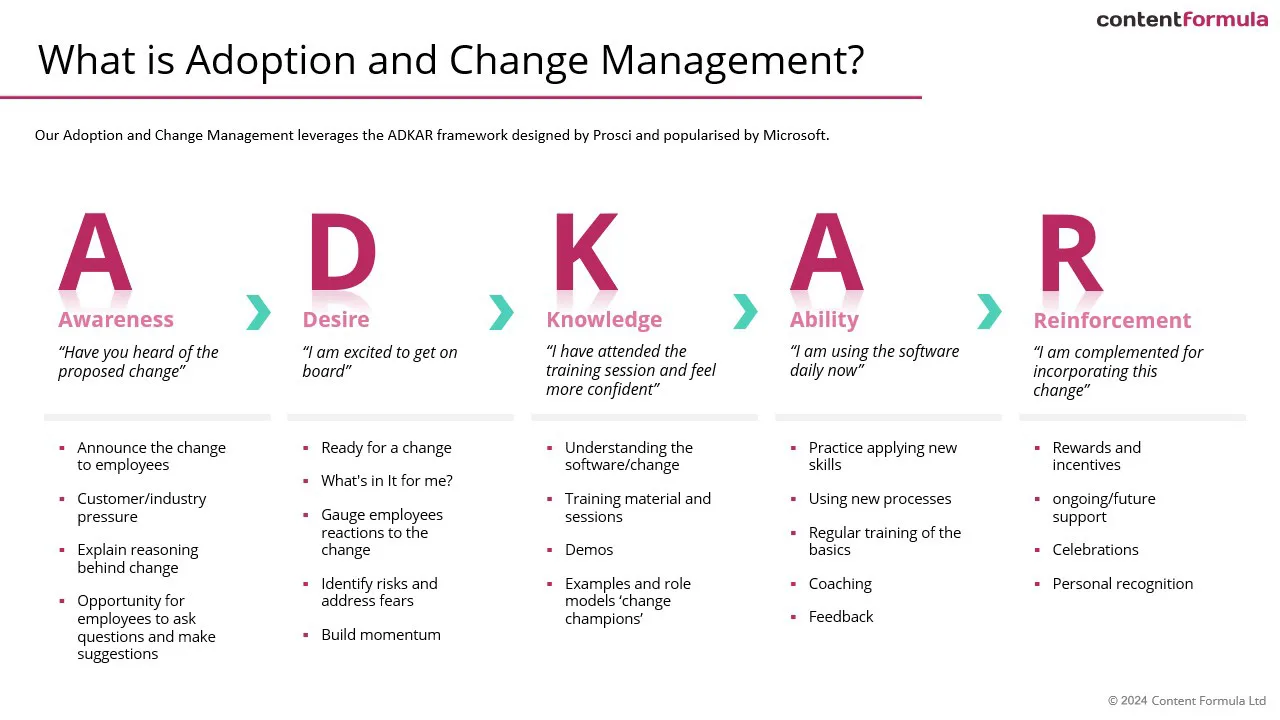
Every intranet team we’ve ever met wants to advance adoption of the intranet, not only to increase the number of employees using it, but also to use it in the best way possible. A certain amount of time will be spent on driving adoption through different change management activities.
Activity around improving intranet adoption will often primarily rest with the core intranet team. However, additional help also often comes from a network of voluntary digital or intranet champions who will promote the intranet in their own part of the organisation, gather feedback, and can even get involved in activities such as testing. Sometimes there is overlap between an intranet champion and local site admin or content coordinator.
It’s also possible that your digital agency or vendor can get involved in supporting increasing adoption. For example, in our intranet support packages, clients have a monthly call with a dedicated success manager who can provide key analysis of metrics and also give input and advice into increasing adoption.
4. Training publishers and site editors
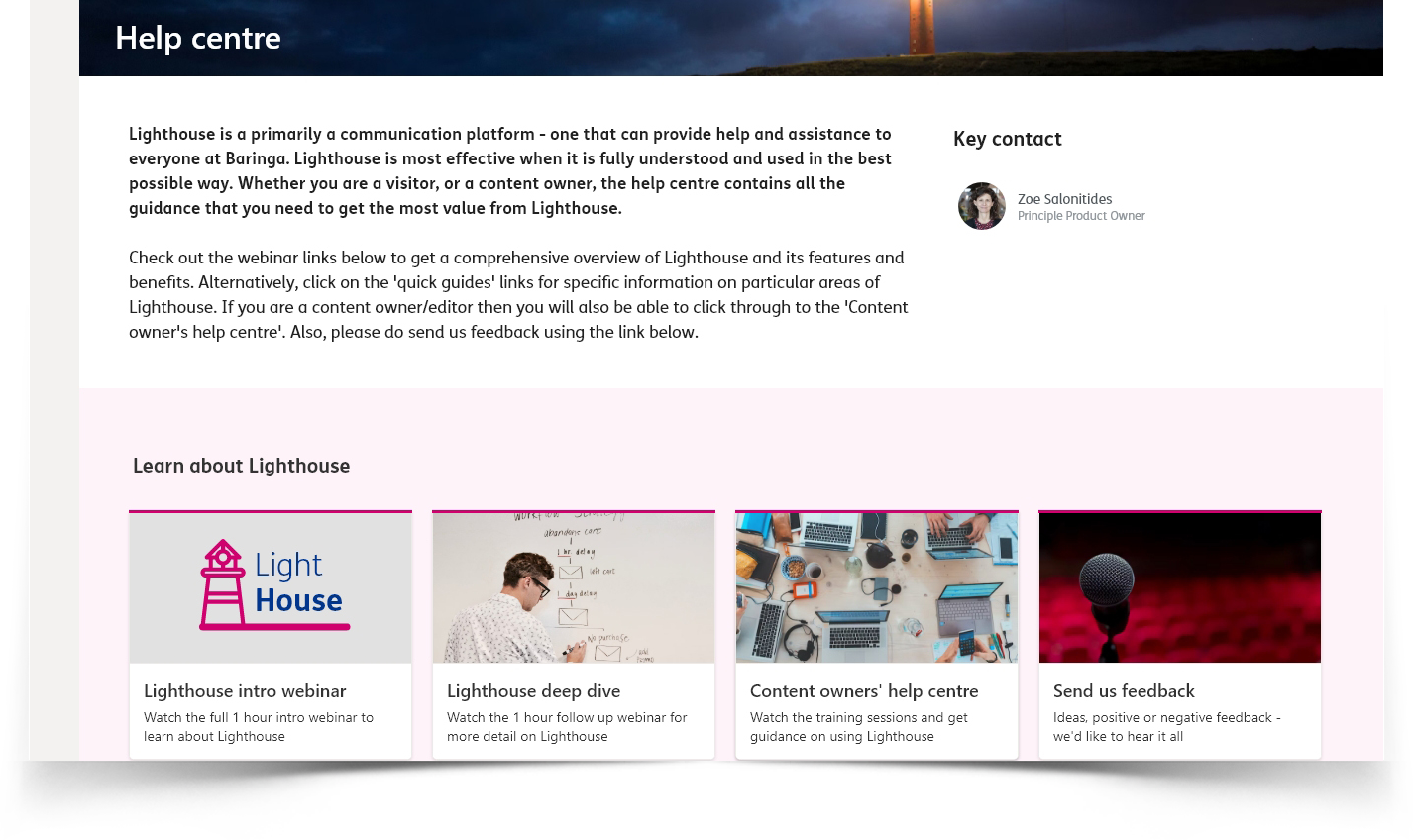
Intranets – particularly in large global organisations – rely on “local” publishers and site editors to create and manage high quality content and keep it up to date. That decentralised publishing model is dependent on different intranet governance measures including page templates, clear ownership models, automated reviews of content and so on. Local site admins may also manage important elements such as managing access for new publishers, for example.
A critical part of your overall intranet support model and related governance framework is any training for content contributors, site editors and related admins so they are equipped with the necessary knowledge to carry out their role. This can be challenging as content contributors frequently change with new training required, and they also may need ongoing support for ad hoc advice and help.
Training and support for publishers and site editors usually takes on several different elements including:
- introductory and basic training which needs to be offered on an ongoing basis as new publishers and admins come on board.
- deeper training on particular aspects of publishing or SharePoint admin.
- self-serve resources such as how-to guides and explanatory videos, usually provided on a site on the intranet itself or in a separate SharePoint site.
- a potential support community or group where members can ask questions and get answers, swap pro-tips and receive updates, possibly via Viva Engage.
In our intranet managed support service we offer targeted training to our clients for both content contributors and Microsoft 365 admins. We’ve had some feedback and it continues to be one of the most popular elements of the package.
5. Technology support for users
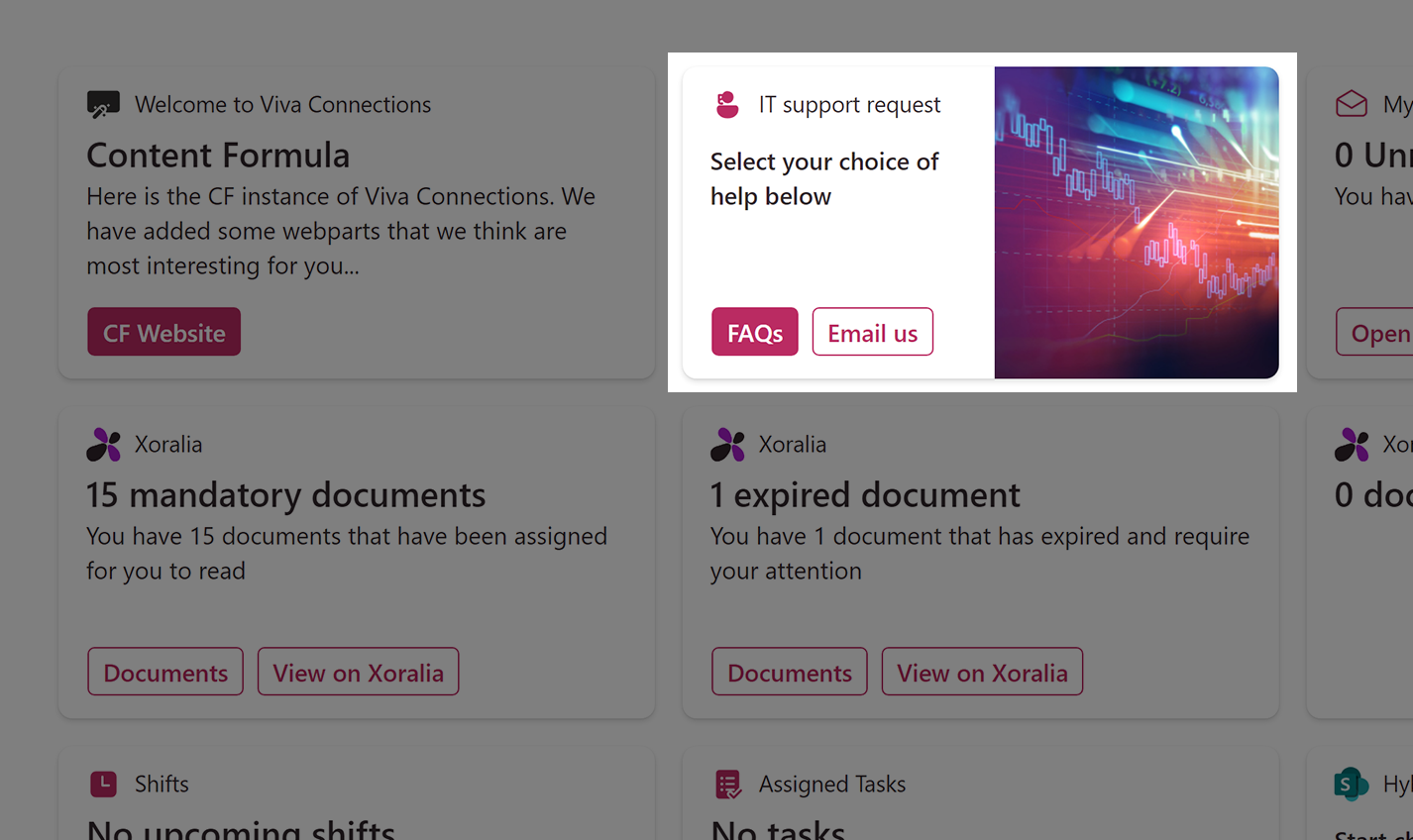
Users and also content editors will need support to resolve any technical issues. Some of these might be wider Microsoft 365 issues rather than relating to specifically to the intranet, while some may also be access requests. Often your standard IT help desk will take on these requests, forwarding them to a different team if necessary. There may also be a dedicated email address or form within your intranet where users can also submit technology issues.
6. More complex technology support
There are also going to be more complex IT issues for your intranet, some of which may come through to the core intranet team. These may need to be escalated to admins or even developers in IT, or another specialist team. You may also be using a third-party or digital agency here – for example, we often support more technical queries and consultancy. It’s also possible that some issues will need to be escalated to Microsoft themselves.
7. Improvement via analytics and feedback
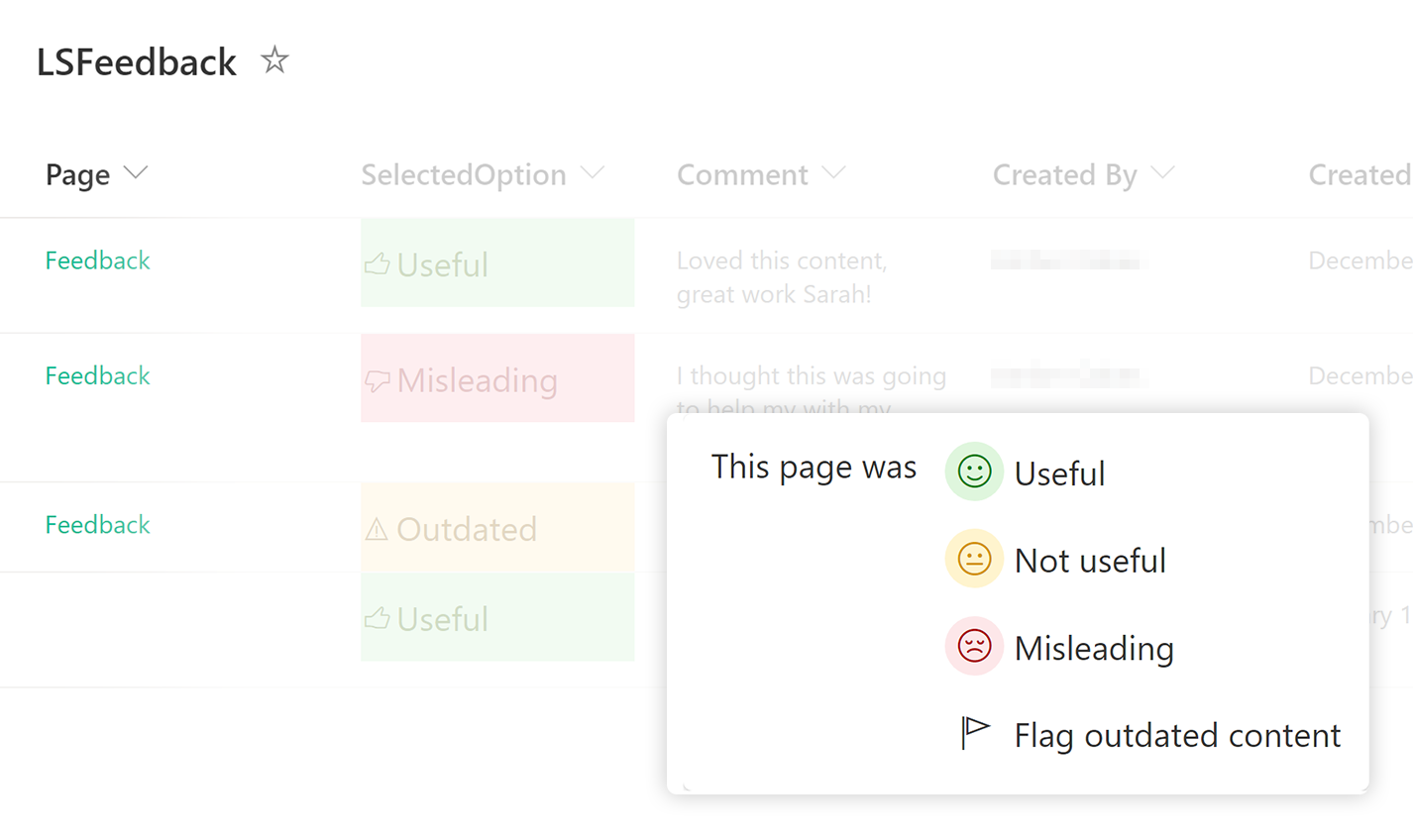
A key part of any intranet support model will also incorporate gathering data and feedback to make improvements both to the intranet and to its content. There are usually a number of different ways to do this, through:
- Gathering feedback via an intranet form, for example on content that has errors or broken links.
- Getting feedback from a network of intranet champions, even directly from them or aggregated from users within their relevant sections.
- Collating user feedback as part of a development cycle.
- Using analytics reflecting usage and behaviour and areas such as search; this is again something we help teams to gather and interpret as part of our monthly calls with a dedicated account manager.
- Using an intranet satisfaction survey to get employee feedback and also derive stats such as an Net Promotor Score (NPS)
- Gathering other useful data, such as intranet-related feedback and query data from the IT helpdesk.
All this data and feedback can be coalesced to drive improvement.
8. Change and development requests
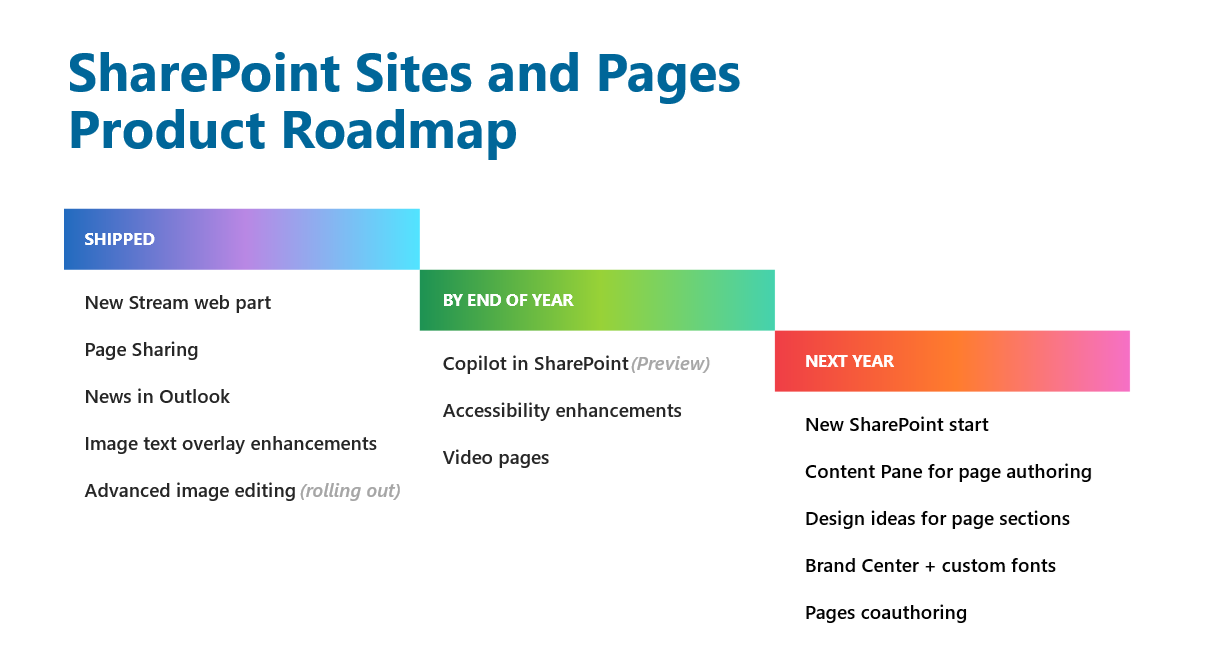
Change and development requests help to ensure your intranet stays aligned with user needs and also keeps on evolving. Ideally, you’ll have a backlog, a process for submitting and logging requests, and then a process where requests will be assessed by the intranet team and their technology partners, with potentially some input on prioritisation from a steering group or senior stakeholder, if necessary.
If you are working with an intranet software vendor then there might be opportunities to influence their product roadmap. For example, with our Lightspeed product, our roadmap is heavily influenced by requests and discussions with customers. Of course, there is not really a similar option to influence Microsoft’s SharePoint roadmap.
9. Other specialist requests
As already mentioned, there will be a range of other experts and specialists who may be involved in advising on or dealing with different areas of your intranet such as search, data analytics, accessibility, design, brand, compliance, data privacy and more. These may be both in-house teams or external experts.
Creating an intranet support model
Having the right intranet support model is a perquisite for a successful and sustainable intranet that will deliver value for years. If you’d like to discuss your intranet support model and related governance or would like to know more about our intranet support offering, then get in touch!

